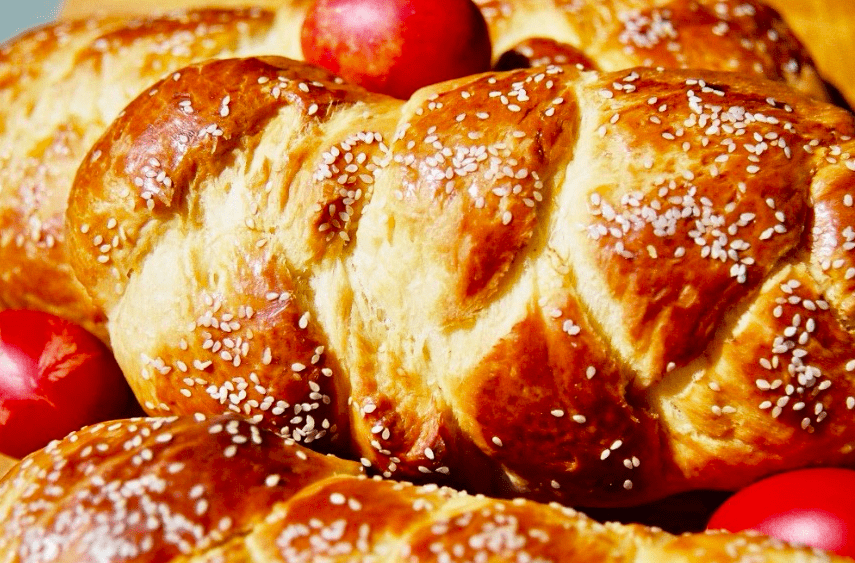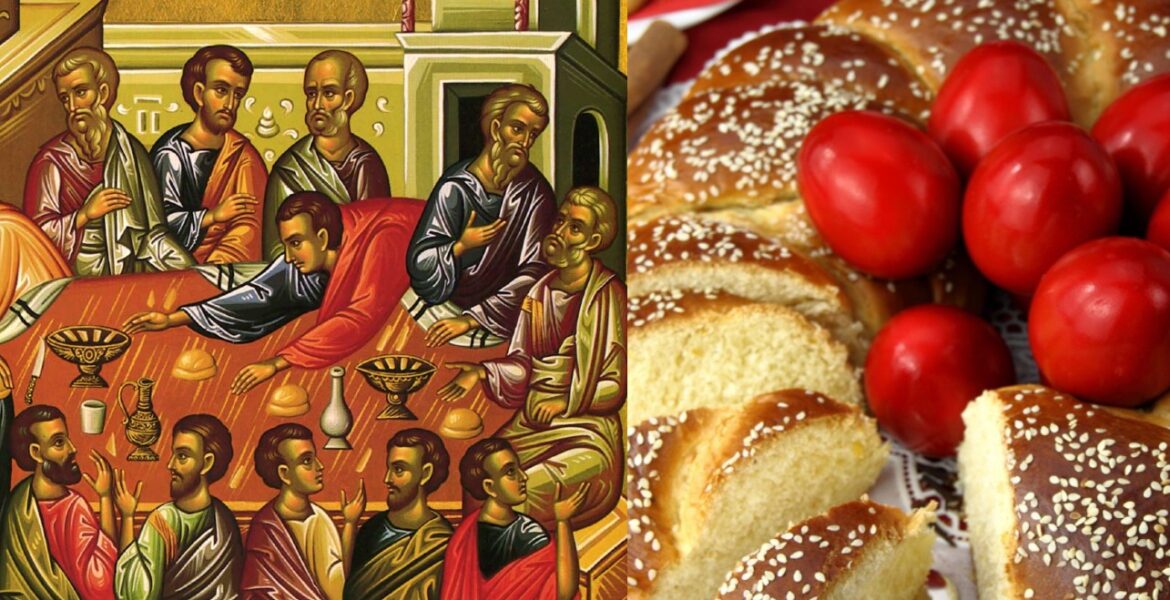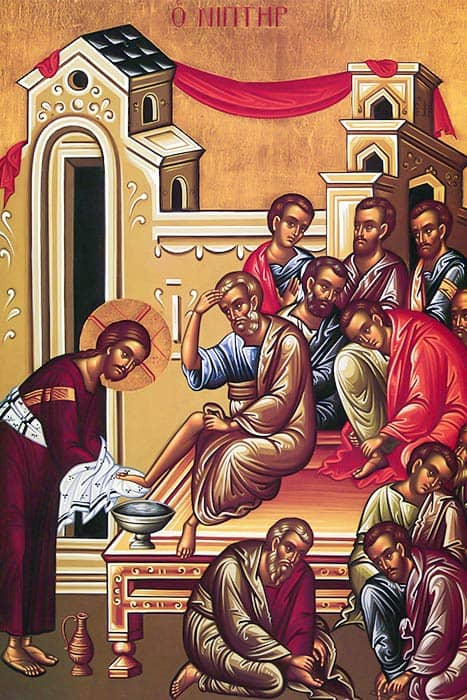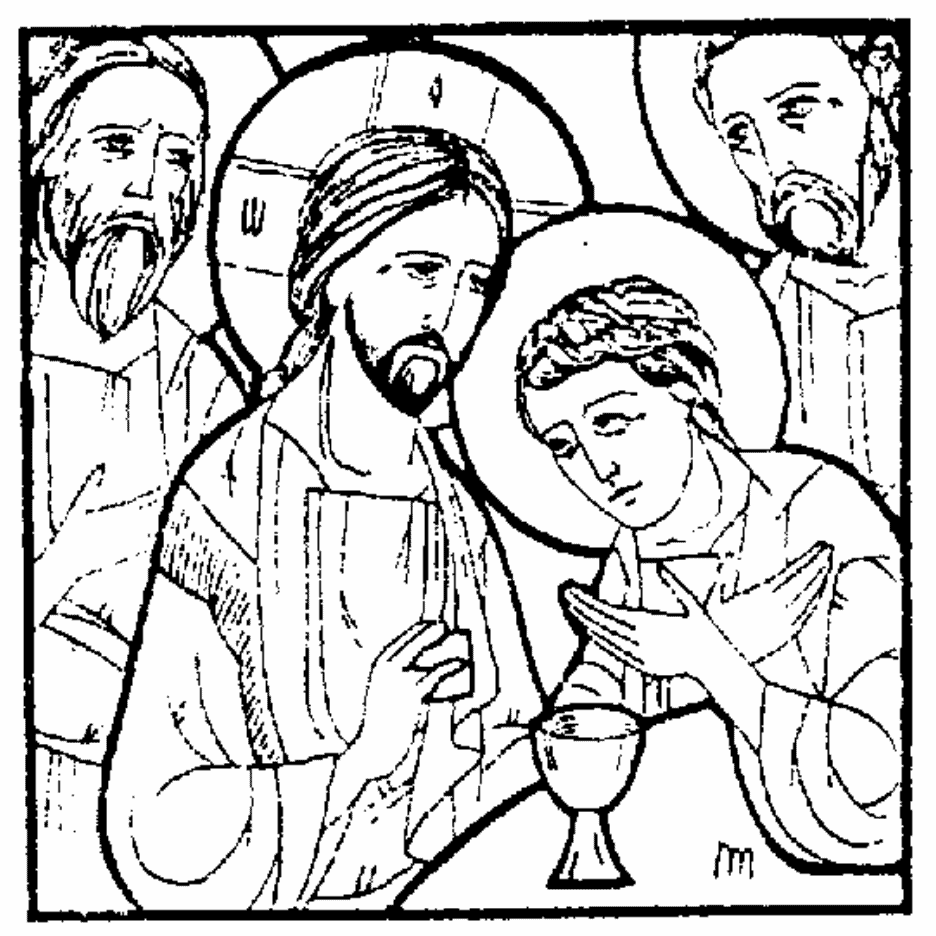On Holy Thursday, four events are commemorated
The washing of the disciples’ feet.
The institution of the Sacrament of the Holy Eucharist at the Last Supper.
The agony in the garden of Gethsemane.
The betrayal of Christ by Judas.
On Holy Thursday, we commemorate and experience four key events in our Lord’s Passion: the washing of the disciples feet; the institution of the Sacrament of the Holy Eucharist or Holy Communion at the Last Supper; the agony in the garden of Gethsemane and Christ’s High-Priestly Prayer; and the betrayal by Judas Iscariot. On the morning of Holy Thursday, we ascend together with our Lord and His holy disciples to the Upper Room and witness the most awesome moment when, at the Last Supper, our Lord abolished the ritual practice of the Old Covenant and established a New Covenant, offering Himself as food and drink for the salvation of humanity.
"Take, eat; this is my Body. Drink of it all of you; for this is my Blood of the New Covenant which is given to you and many for the forgiveness of sins" (Matthew 26:26-28). On the evening of Holy Thursday, twelve Gospel accounts are read detailing the Passion of our Lord Jesus Christ, beginning with His discourse at the Last Supper, His betrayal and arrest at the Garden of Gethsemane, His trial and crucifixion and finally His burial in the tomb by the Righteous Joseph of Arimathea. Prior to the sixth Gospel or the first account of the crucifixion, the Cross which is normally kept behind the Holy Altar Table, is carried by the priest in solemn procession around the church and is placed in the centre of the solea for veneration. The crucifixion and burial of our Lord Jesus Christ was simply a prelude to the Resurrection, the ultimate victory of Life over death, and so while we are saddened as we behold the God-Man Jesus Christ suspended on the cross on account of our sins, we glorify Him for His utmost humility and sacrifice through which He has freed us from the power of death and corruption, granting to those who believe in Him, eternal life.
Holy Thursday is when many of the Greek Easter food preparations start. Most significantly, on Holy Thursday, the Tsoureki is made, and eggs are dyed red to represent the blood of Christ.
Red Easter eggs are associated with the crucifixion and resurrection of Jesus.

Eggs symbolise the empty rock tomb from which Jesus arose after his crucifixion and are used as universal means of greeting and presentation for Christian believers while also foretelling the eternal life experience which awaits true believers after death.
The choice of red "the colour of life and victory" bears a long history and dates to ancient Mesopotamia, where early Christians stained eggs red in memory of the blood of Jesus. He was crucified for the salvation of all humanity.
Many Greeks carry on the ancient tradition of placing the first red egg at the home’s iconostasis (the place where icons are displayed) to ward off evil.
Tsoureki (τσουρέκι in Greek) is the traditional sweet yeast bread Greeks make every year on Holy Thursday, and eat on Easter Sunday.
According to tradition, tsoureki is baked to symbolise the Resurrection of Christ and his rebirth. The rising of the bread is set to symbolise the Christs rising, with the red eggs, usually placed on top of the braid, symbolising the blood of Jesus.

Icons Of The Feast
The Icon of the Mystical Supper – Institution of the Holy Eucharist. Christ is the central figure at the table. Saint John the Beloved is seated at Christ’s right; as the youngest of the disciples he is depicted as beardless. Judas Iscariot the Betrayer is the third figure from Christ’s left; he is depicted dipping into the dish. Saint John the Beloved receives in his left hand a piece of the Body of Christ; another morsel is on the table before Christ. The chalice containing the Precious Blood of Christ is in His Left hand.
The Church also has an icon of the Crucifixion of Christ. He is shown nailed to the Cross. His right side is pierced and from the wound flows blood and water. At the foot of the Cross is a skull. (Golgotha, the Mount of the Crucifixion, means “the place of the skull.”). On the top bar of the Cross is the inscription “I.N.B.I.”, the initials for the Greek words meaning “Jesus of Nazareth, King of the Jews.”




